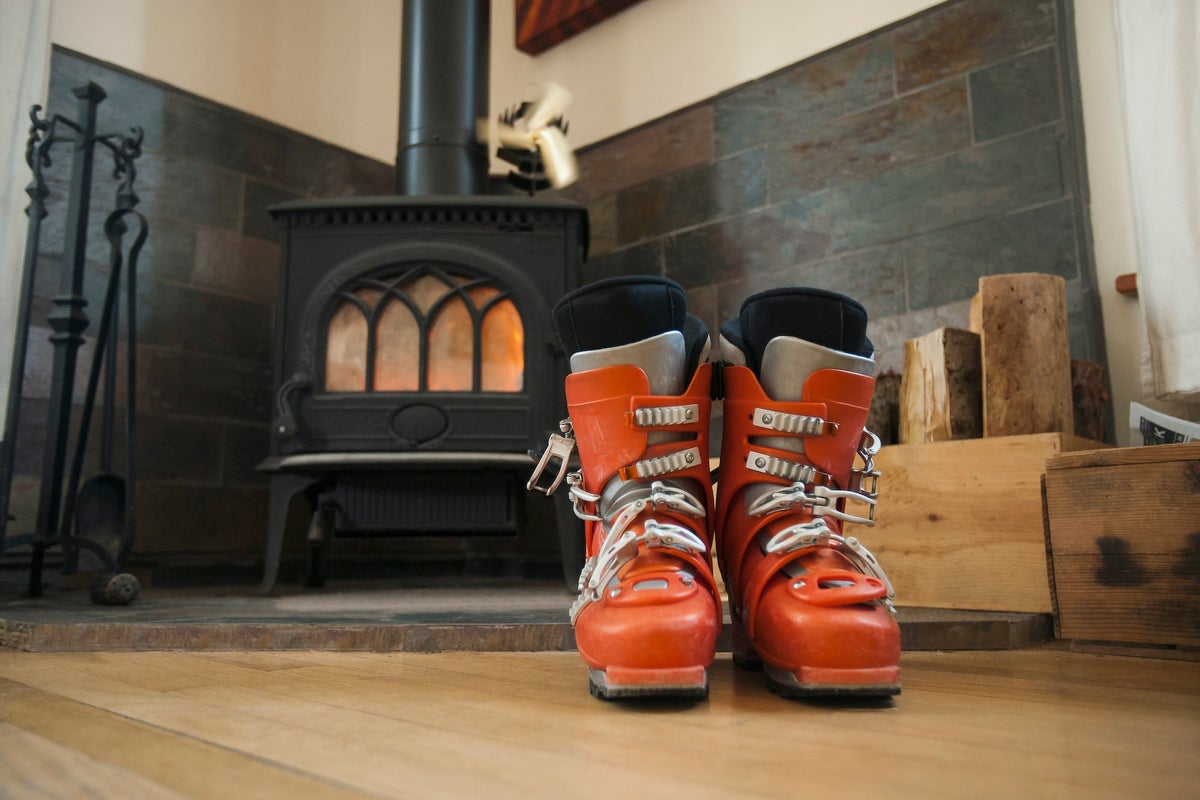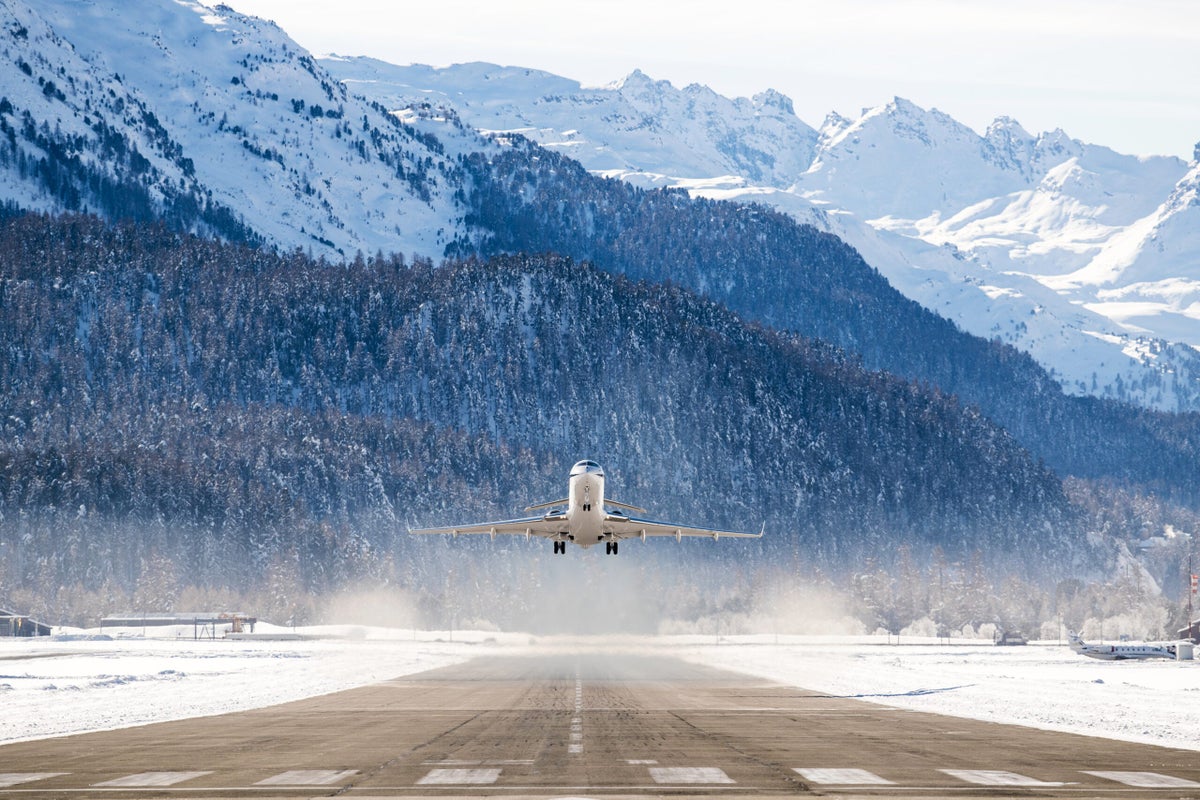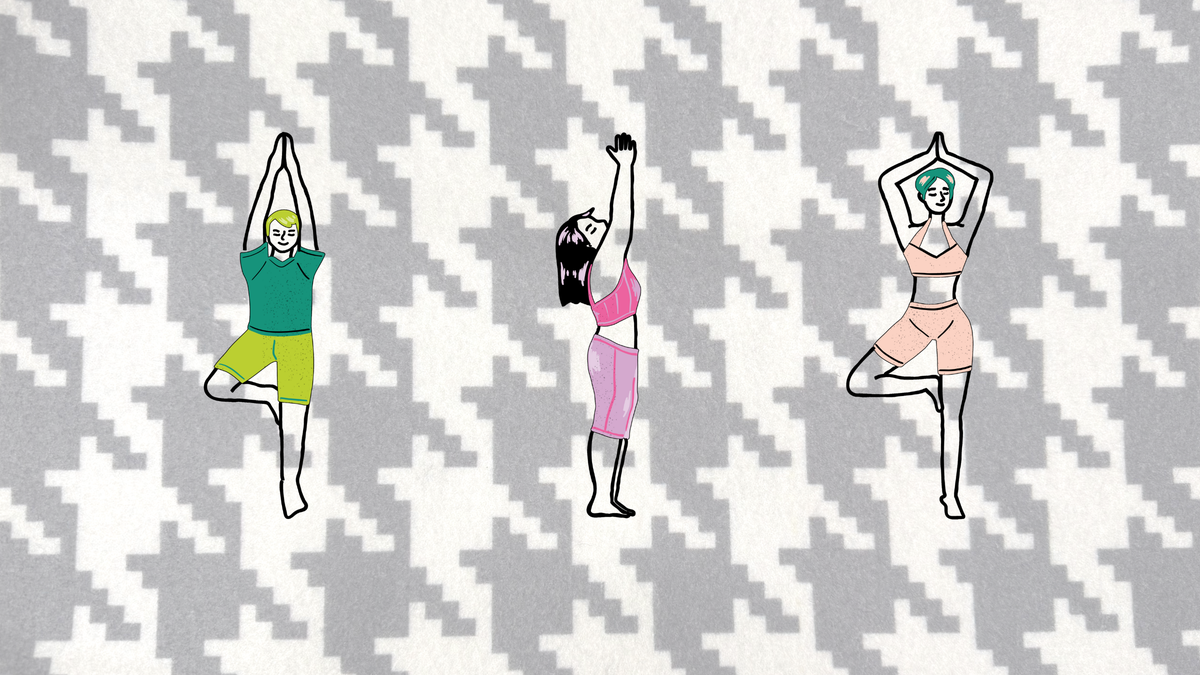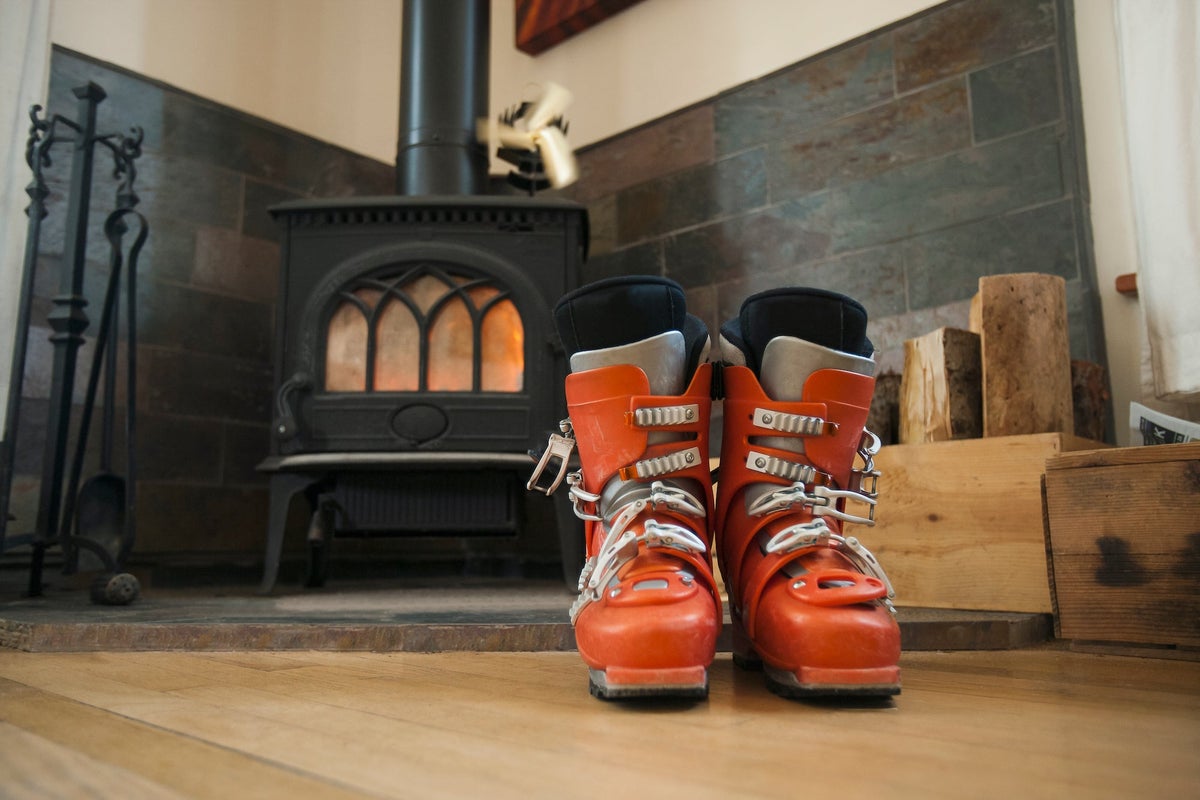
I get plastered with ski advertisements. My browsing history means I’m drilled with ski gear ads left and right. On YouTube, my feed is full of pro skiers who can’t wait to show me the latest and greatest skis, bindings, boots, googles, jackets, pants, helmets, apps…you name it.
But there’s one piece of gear that I’ve never seen an ad for: aftermarket, custom-fitted ski boot liners.
Those $900 ski boots you have? They’re incredible, a miracle of hard plastic and bulletproof straps. We’re so lucky to be skiing with them rather than the leather boots of yesteryear.
After a season or two, there’s practically an echo from the cavernous void beneath those buckles. It’s even more catastrophic if you have long but low-volume feet like mine. You’ll need a large-sized ski boot (28.5-29.5 for me, depending on the brand), but you can’t fill up all the space inside. For years, that meant I was skiing with my feet sloshing around in my boots like clown shoes, even though they were technically the correct size. And that was with 5 mm volume spacers under my feet!
Keep Reading: The Best Alpine Ski Boots of 2026, Tested
Having stiff boots doesn’t solve the problem either. I was skiing with 130 flex—Technica Cochise, some of the finest freeride boots on the market—but my ankles were still rising and falling like a tide every time I drove forward pressure.
Custom liners will cost you a pretty penny, but the feeling of immediate response when you go to initiate a turn? That’s priceless. I just wish I’d known about them after 40 days of skiing rather than 400.
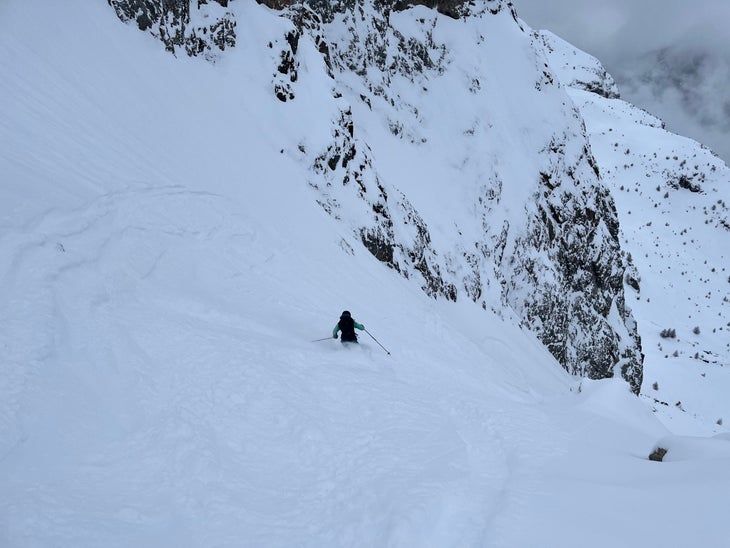
The Performance of Custom Liners
Boot manufacturers design stock liners to provide the best approximate fit for the largest number of skiers. That said, they are a perfect fit for almost nobody. Moreover, many people don’t actually use a bootfitter when buying boots; instead, they order them online or try them on briefly at a store. So it wouldn’t make sense for manufacturers to include customizable liners in the package.
The mechanism for increased performance is simple. Custom liners use moldable or injectable foam, or, in the case of ZipFits, cork. These materials conform precisely to the shape of your unique foot, eradicating extra space in your boots. As a result, these liners are much tighter around your foot and shin, meaning that movements you initiate will be converted to your skis in less time, with less energy input, and with more precision.
The 6 Best Backcountry Ski Boots of 2026
Your boots are like the handlebars of skiing. Imagine trying to ride a bike with loose handlebars, and every time you wanted to turn, you had to manage the play in the bars before actually turning the wheel. With stock liners, your feet move within the boot before pushing on the plastic and transferring the desired movement to your ski.
No other piece of gear, within reason, has made as much of a difference in my skiing off the bat. I mean, if you’re using a 60-mm-underfoot carving ski in two feet of powder, then switch to a full rocker powder ski, it’s going to be a bigger difference. But most of us already know that, and made the jump years ago.
Other Benefits of Custom Liners
Even if it were just for responsiveness, custom liners would be worth it. But I’ve found other benefits as well. Firstly, my feet rarely get cold. These liners are much thicker, cozier, and warmer. The downside is that I have sweaty feet, so it’s worth investing in a boot dryer.
The Best Women’s Ski Boots of 2026, Tested
We all know that ski boots are the world’s most uncomfortable footwear, and I can’t promise you that getting a pair of custom-fitted liners is going to solve all your aches and pains. That’s between you, your bootfitter, and the Holy Spirit.
For me, custom liners have proven to be far more comfortable than stock liners, particularly around the ankles, which is where the cork goes in ZipFits. You’ll still have to get the plastic of your outer boot adjusted if you’re prone to foot problems, like sixth toes.

Bootfitters
To get your custom liners dialed in properly, a trip to the local bootfitter is mandatory. These folks are pros who know way more than I do; I’m merely here to introduce you to the wide world life changing of life-changing skin-tight boot liners.
Brand-wise, you don’t have a lot of options. The list of brands that manufacture custom boot liners is somewhat limited. ZipFit, Surefoot, and Intuition are the most well-known brands (in fact, I haven’t heard of any others). I’m in no way, shape, or form receiving any financial benefit or sponsorship from custom boot liner manufacturers (or any gear manufacturers for that matter). These opinions are based entirely on my experience.
I’ve used ZipFits and Intuition liners, and in my experience, I prefer ZipFits. They are more durable—mine generally last 300 days—and you can refill the cork to keep the liner snug over time (you can do that yourself, or go to a bootfitter).
One common criticism of ZipFits is their weight; it’s roughly about a pound, but that’s enough weight for some folks to swear them off forever.
That’s why I went with Intuition liners for my touring setup. In my limited experience, the Intuitions were not quite as snug and fell apart after about 100 days (to be fair, they were half the price of the ZipFits). This year, ZipFit is releasing a new lightweight touring liner that I’m planning to purchase. Either way, your bootfitter will have far more information to help you make your decision.
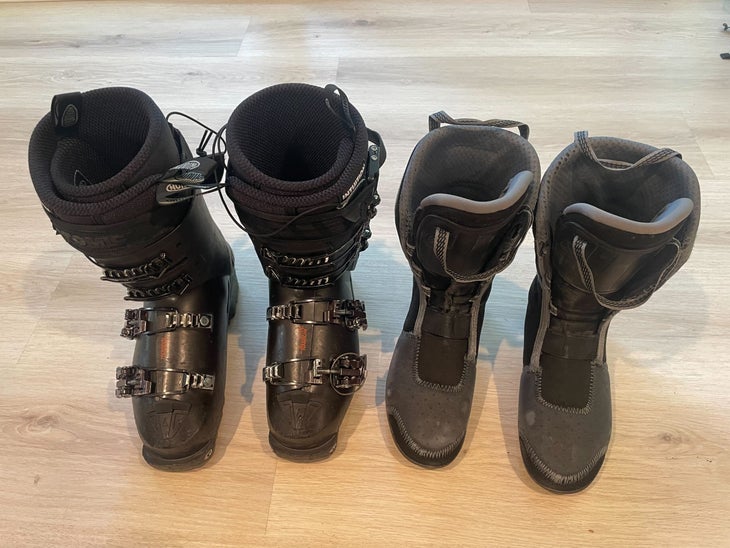
As a final pinch of salt on the wound that is your wallet, your bootfitter will likely try to sell you custom footbeds to go along with the liners. I’ve been using them for years and have enjoyed them, but some prominent bootfitters think they’re unnecessary.
Prices
Like many of the best things in life, these puppies aren’t cheap. You can expect to pay at least $500 to get kitted out with liners and a footbed at a bootfitter.
You might dismiss this article as yet another piece of gear to buy, but hear me out. Buy used skis, outerwear, bindings, or any other deals you can find. I use the Spy googles that you get at Costco for 50 bucks. My coin is limited, and I’d rather use it to make the biggest difference possible.
Stay Tuned
Unfortunately for my finances, this is the year when I need to buy new liners (and probably boots) for both touring and the resort. Yep, it’s going to be pricey, but I’ll be reaping the rewards for the next several seasons.
I’ll be coming back around this winter to report on the process of getting my new liners. In the meantime, let this article be the seed that grows upward in your endless list of future gear purchases.
The post The Most Important Piece of Ski Gear That You Never Think About appeared first on Outside Online.










